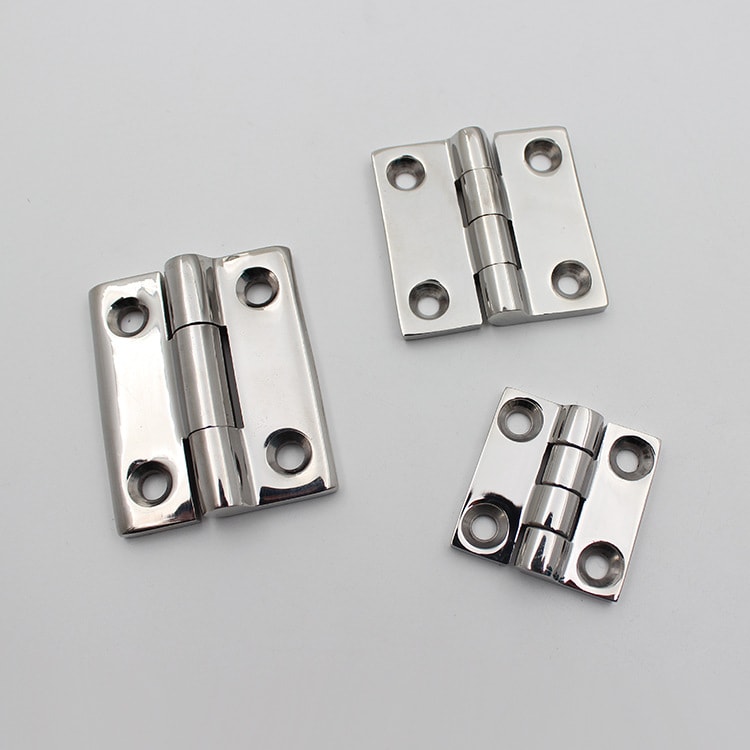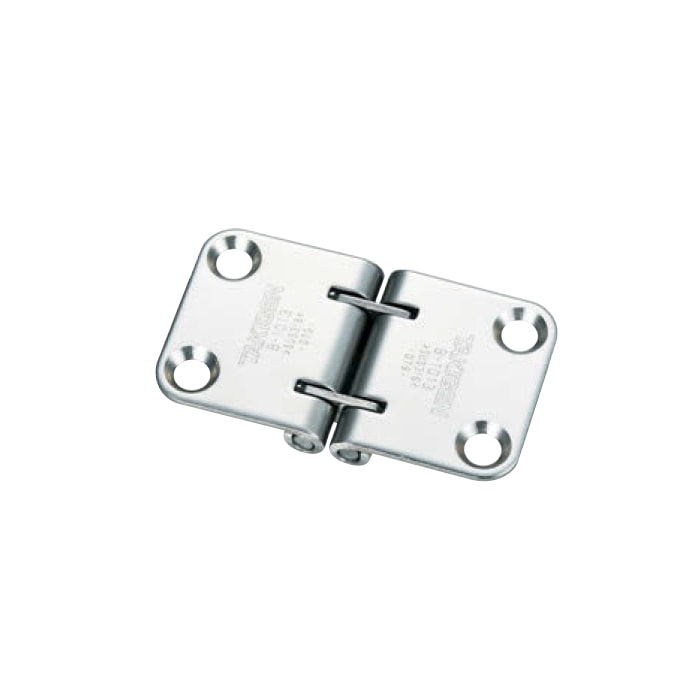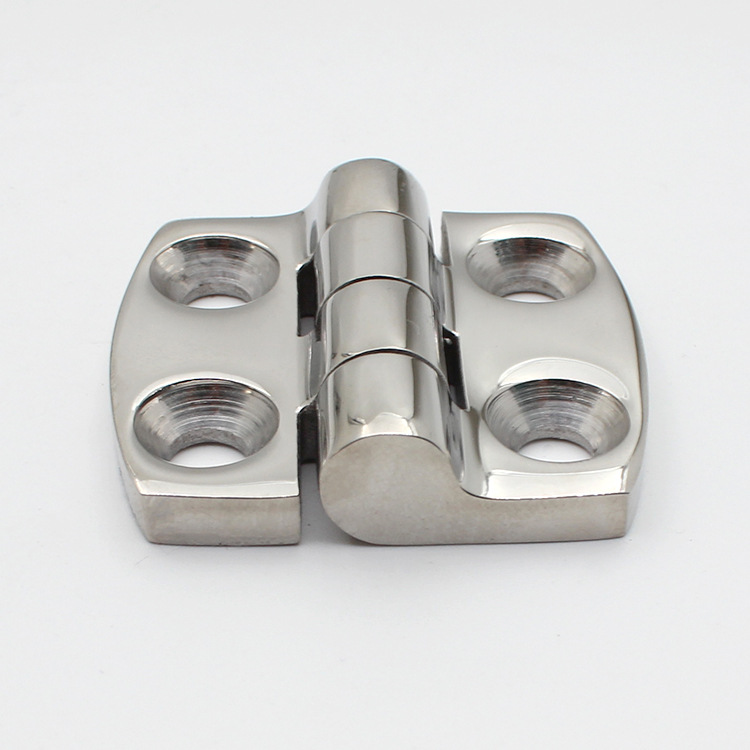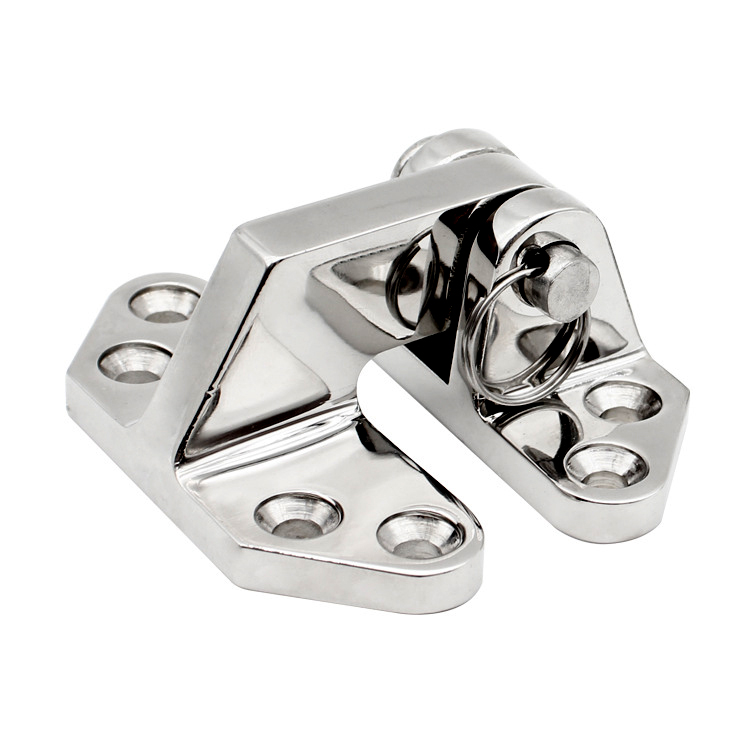In the dynamic realm of industry, the value of robust components is paramount. Heavy-duty hatch hinges, often overlooked, play a pivotal role. Their integrity and functionality ensure the seamless operation of essential equipment and access points. Recognizing their significance is the first step towards efficient industry operations.
History and Evolution of Heavy Duty Hatch Hinges
The trajectory from rudimentary levers to meticulously engineered marvels illustrates the transformation of heavy-duty hatch hinges. Earlier, simple hinge designs sufficed for moderate applications. However, as industries flourished, the burgeoning demand for sturdier and more resilient hinges became evident. This necessitated robust hinges, capable of withstanding significant stress and frequent use.

Materials and Manufacturing
Selecting the apt materials is critical to ensure durability and longevity of the hinges. Industrial applications demand materials like stainless steel or high-grade alloys which resist wear and tear. Additionally, coatings can be used to further enhance the lifespan of these hinges.
Manufacturing processes have evolved, incorporating advanced techniques to achieve precision and consistency. Modern fabrication methods, paired with stringent quality checks, guarantee that these hinges meet the rigorous standards of industrial applications.
Key Features and Specifications
For industries, understanding load-bearing capacities is quintessential. A hinge’s capacity dictates its ability to sustain weight, pivotal for ensuring equipment safety and functionality.
Dimensions and sizes vary extensively. For every application, there’s an ideal hinge size, ensuring optimal performance and minimizing undue stress. Furthermore, in the corrosive environments of some industries, hinges with high corrosion resistance become indispensable, guaranteeing their long-standing performance amidst challenging conditions.

Innovations in Heavy Duty Hatch Hinge Design
The contemporary industrial world constantly seeks enhancement. Today’s hatch hinges are no exception, with innovative features improving rotation angles, simplifying installations, and even offering enhanced aesthetic appeal.
Safety, a prime concern, has driven numerous innovations. Specialized designs prevent accidents, ensuring that these hinges not only function seamlessly but also safeguard users.
Selecting the Right Heavy Duty Hatch Hinge for Your Application
Determining the right hinge entails understanding specific requirements: the weight it must bear, its frequency of use, and the environment in which it operates. Standard options often suffice; however, some situations demand bespoke solutions, tailored to unique challenges and specifications.

Installation Best Practices
Correct installation is a linchpin for optimal hinge performance. Adhering to step-by-step guidelines, ensuring correct alignments, and using the recommended tools are paramount.
Yet, pitfalls abound. Awareness of common installation errors—whether it’s using the wrong fasteners or incorrect placement—can preempt potential operational challenges, safeguarding against downtime and additional costs.
Maintenance and Troubleshooting
Consistent maintenance is a non-negotiable for industrial hinges. Regular checks, lubrication, and preventive care can dramatically extend a hinge’s lifespan, ensuring years of hassle-free use.
However, should issues arise, understanding how to address common problems is invaluable. Whether it’s wear and tear or malfunctioning parts, timely troubleshooting can mitigate more significant challenges down the line.

Case Studies: Success Stories in the Industrial Realm
Real-world applications often provide the most profound insights. Consider the case of a major manufacturing plant that revolutionized its operations simply by choosing the correct hinge. Or the challenges faced by an energy company, which, by addressing its hinge-related issues, optimized its workflow and increased safety.
Conclusion
The trajectory of heavy-duty hatch hinges is a testament to the relentless march of industrial progress. As industries evolve, these hinges will undoubtedly adapt, introducing even more advanced features and functionalities. Staying updated and ready for these advancements is not just advisable—it’s imperative.
You might also be interested:




